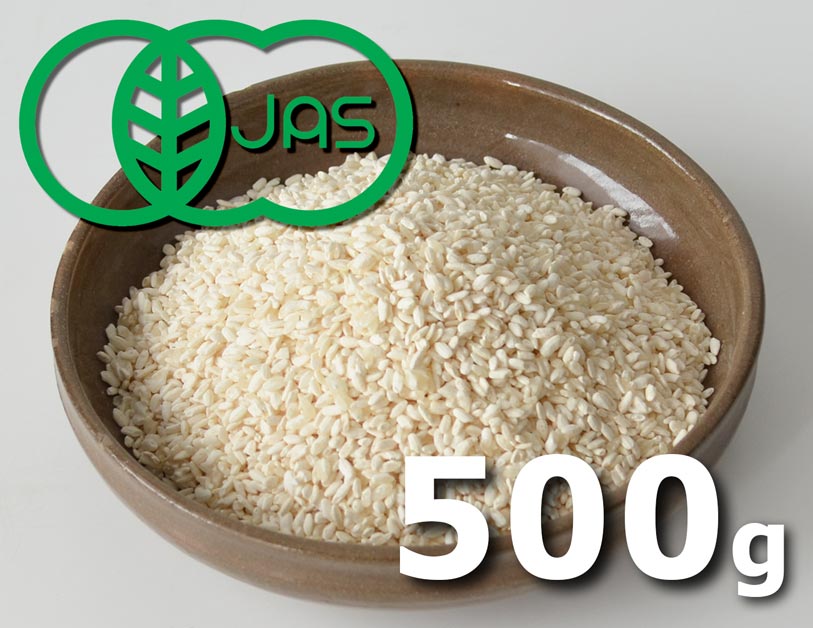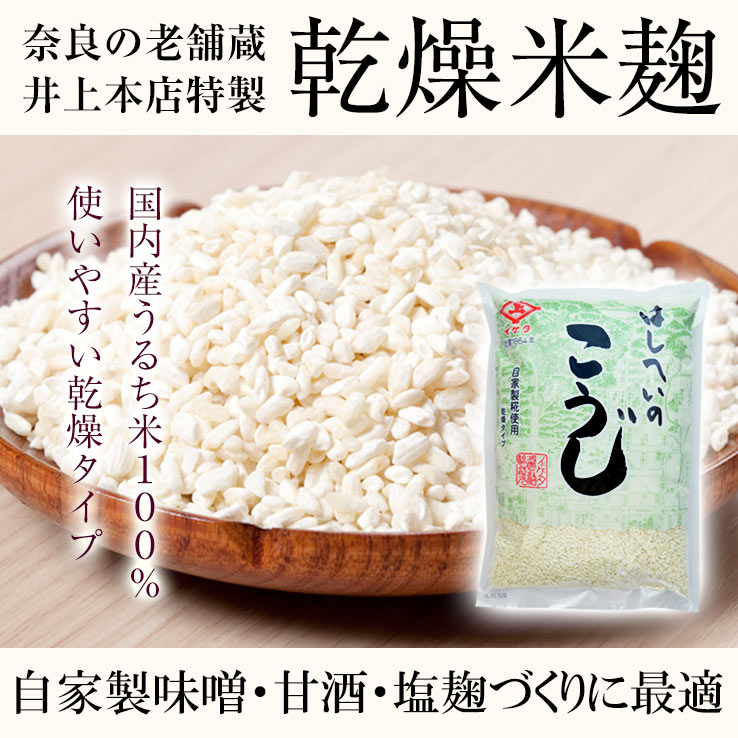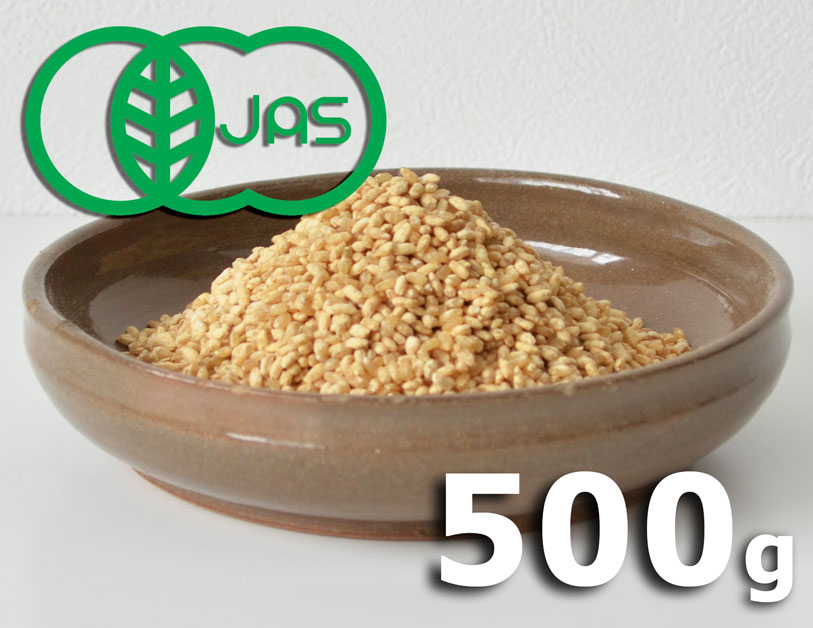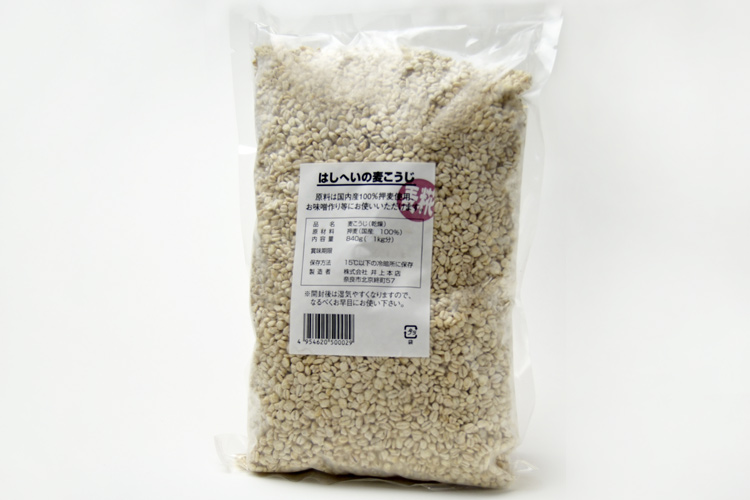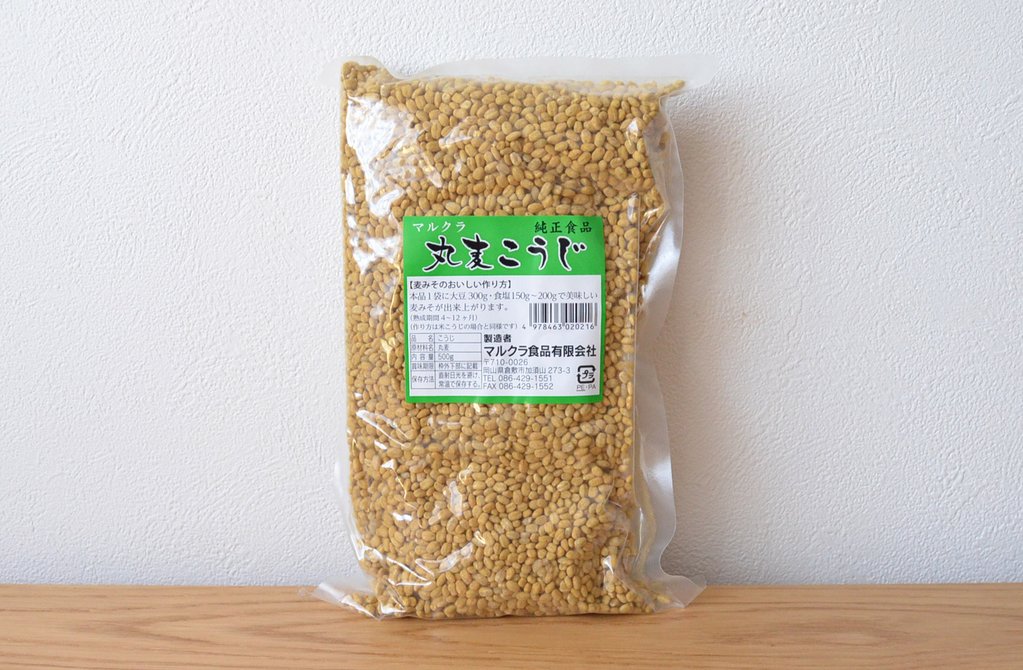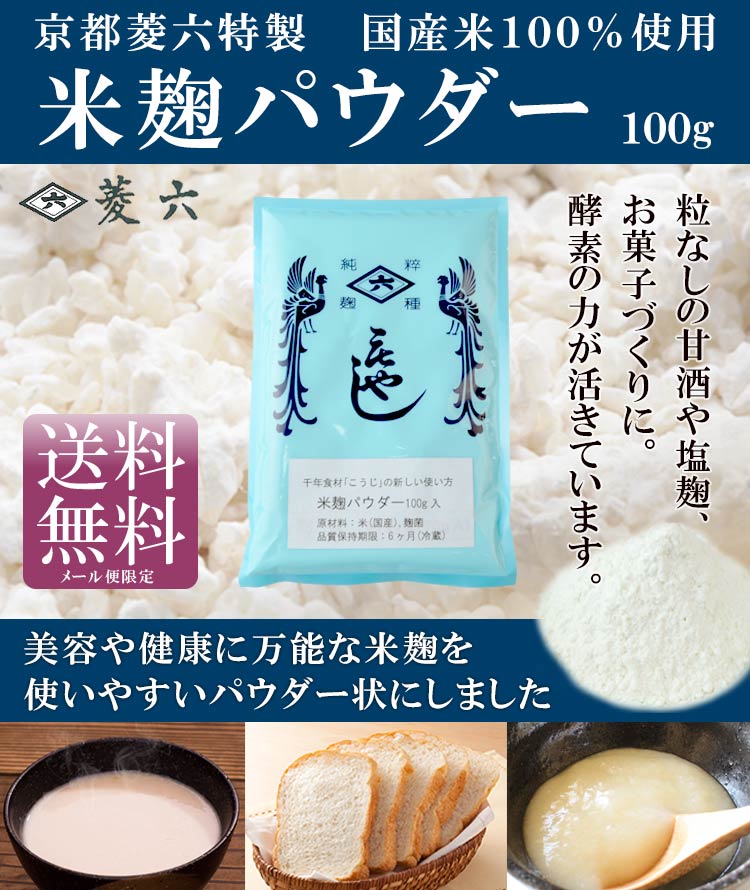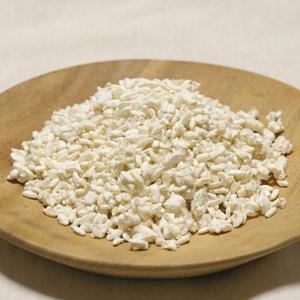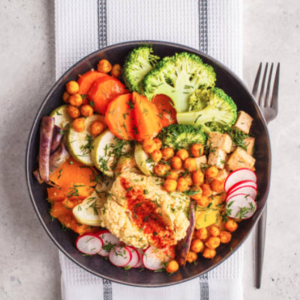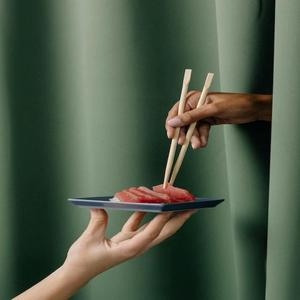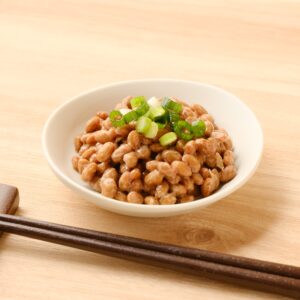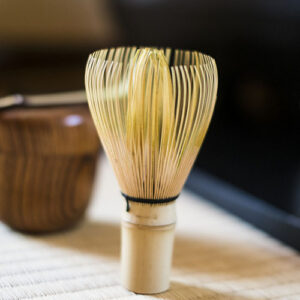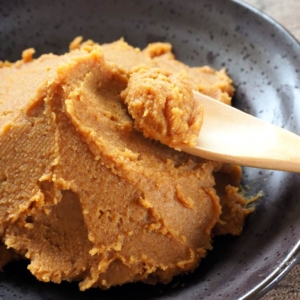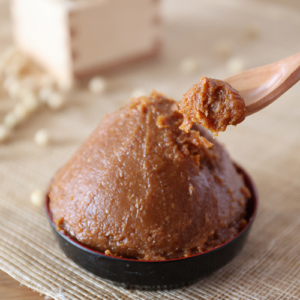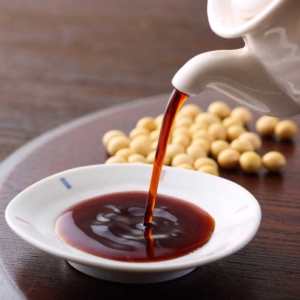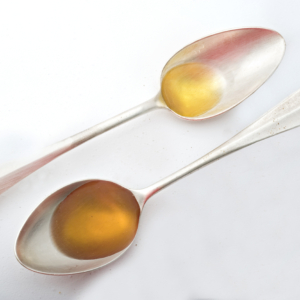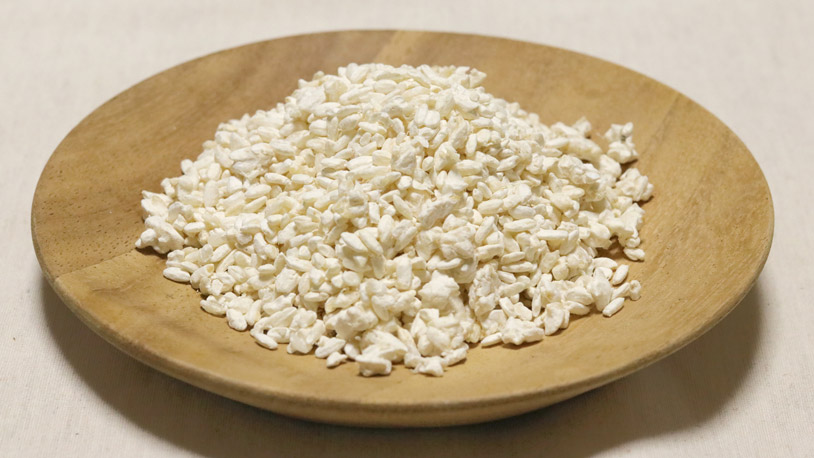
“Is koji different from koji spore and koji starters?”
“How many kinds of koji can I find and how to use them?”
This article is about the complete guide about koji and everything you need to learn about it.
Let’s dive further into the Japanese fermentation food culture!
What is Koji?
Koji (written as 麴・こうじ in Japanese) is an indispensable word when talking about Japanese fermented food. You can’t finish making Japanese fermented food, such as miso, shoyu, mirin, sake, etc., without creating the koji as its first step.
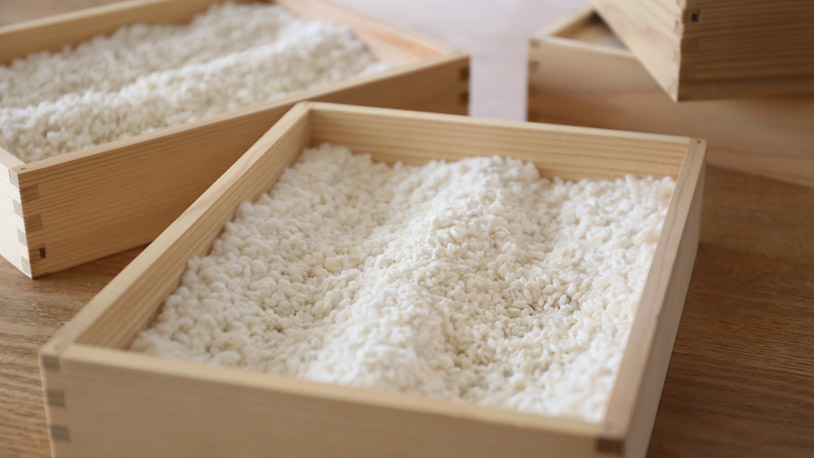
Rice Koji on Koji Lid
Koji refers to steamed grains, such as rice, barley, and/or soybeans that have been inoculated with koji mold or koji-kin in Japanese.
The scientific name for koji mold (sometimes also called koji spore) is a filamentous fungus called Aspergillus oryzae. More than 90% of koji mold used in Japan is classified in Aspergillus oryzae.
The koji mold is packed in a powdery state, and is further called a “koji starter”.
These koji starter and steamed grains are the ingredients you need to make koji.

So, if you want to make rice koji, you’ll need a koji starter suitable for rice koji and a proportional steamed rice. After you get the rice koji in your hand, any fermented food that uses rice koji can be made.
Rice koji is the most popular kind of koji. There are other kinds of koji, so please check them out later.
Here’s some quick summary:
KOJI:
steamed grains that have been inoculated with koji mold (or koji-kin). According to its raw ingredients, koji can be divided into 3 kinds: rice koji, barley koji, and soybean koji.
KOJI MOLD:
Koji-kin in Japanese and sometimes called ‘koji spores’, is a non-pathogenic filamentous type of fungus used to make koji. Packed in a powdery state and is further called koji starters with 3 kinds: yellow koji starter, white koji starter, and black koji starter.
Aspergillus oryzae:
the scientific name for koji mold.
Got more questions about rice koji? Check the article below!
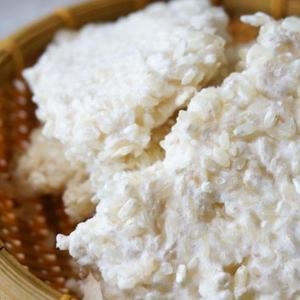
The History of Koji
Koji holds a long history of more than 1300 years as one of the traditional Japanese ingredients.
It is said that the koji originated from China around 700.
Koji’s appearance in Japanese literature was found on “Harima no Kuni Fudoki” (播磨国風土記) several times later, a literature that was edited during the Nara Period namely in 713. This literature describes sake brewing methods using koji.
During the Muromachi Period (1336-1573), the sake brewing industry was developed, and people can stabilize the Aspergillus oryzae mold by adding wood ash to steamed rice. Because of that, the koji mold called moyashi bean sprouts was able to be developed and marketed for the first time.
New Japanese fermented foods made from koji started to be introduced one after another, leading to the many kinds of delicious food in the present time.
Is koji mold toxic?
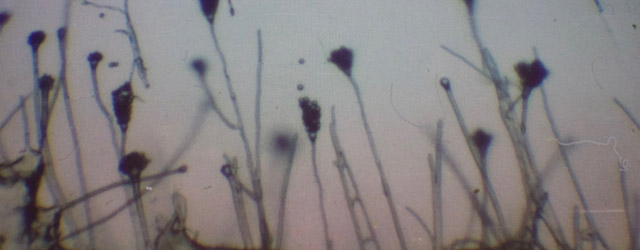
When we hear the term mold, sometimes we only imagine harmful things.
Some fungus in the same genus (Aspergillus) like A. flavus and A. parasiticus is identified as toxic, indeed.
However, this case is different for the fungus for koji.
Even though A. oryzae is genetically similar to A. flavus,
Studies show that Aspergillus oryzae cannot produce aflatoxins or any other carcinogenic metabolites.
Aspergillus oryzae is admitted as Generally Recognized as Safe (GRAS) by the Food and Drug Administration (FDA) in the USA and also supported by the World Health Organization (WHO) until this present time.
From this fact, at least we can be sure that koji is harmless and even has several health benefits in return.
How to Use Koji
There are many ways to use koji, from making Japanese fermented foods to seasonings.
In this section, we will introduce how to use koji at its best!
• Shio Koji (Salt Koji)
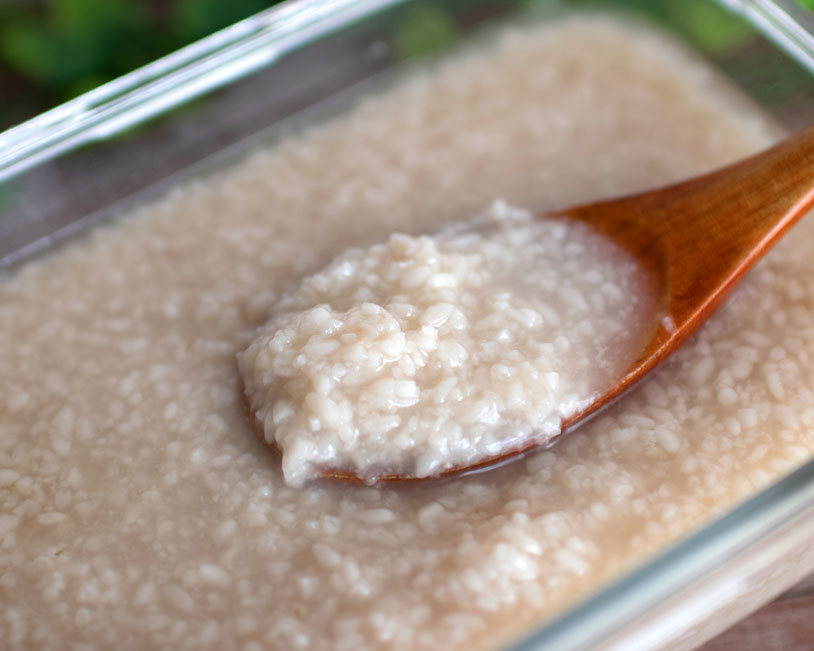
Ingredients:
Rice koji, salt, water
Shio koji is the Japanese traditional versatile seasoning.
Thanks to koji, shio koji is full of umami that makes it suitable for marinating meat, poultry, seafood, and vegetables.
Not just for marinade, you can use shio koji to boost the flavor of sauces, salad dressings, and pickles. Enjoy the slight sweetness and pleasant salty flavor from this magic seasoning.
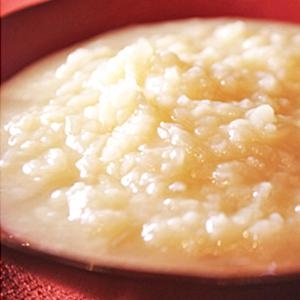
• Miso
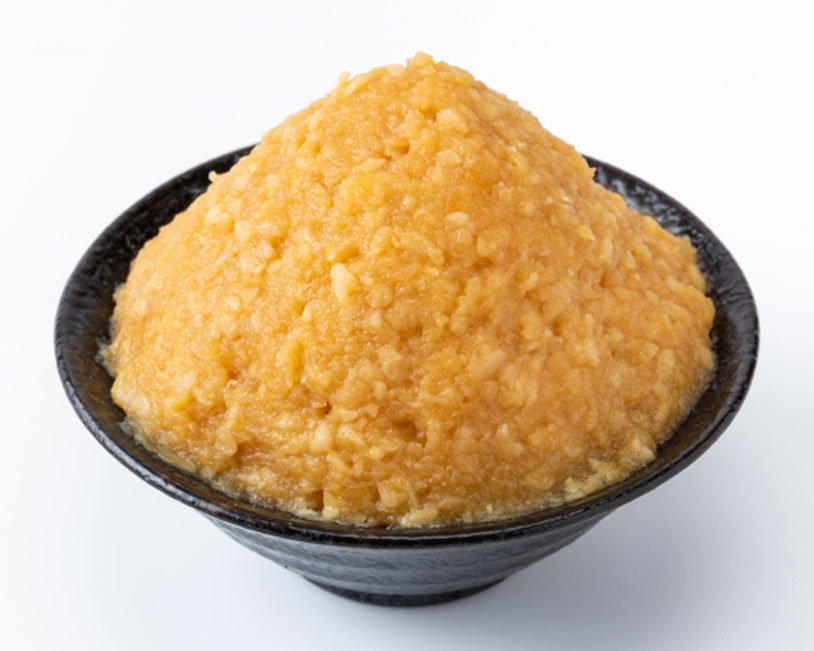
Ingredients:
Salt, koji, steamed grains (soybean, rice, or barley)
Miso is another Japanese fermented food in a form of a paste that is used as a seasoning.
It is made by fermenting the ingredients. The longer the fermentation period, the richer and tastier the miso will be. In Japan, miso is generally prepared to be fermented in Winter.
There are many types of miso base on its ingredients and from various regions in Japan. Each one has its own taste and charm.
If you like miso, please experience different types of miso by all means!
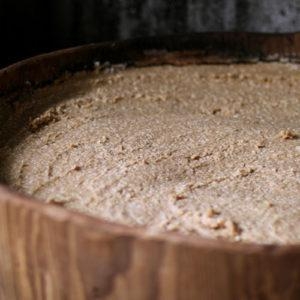
• Shoyu
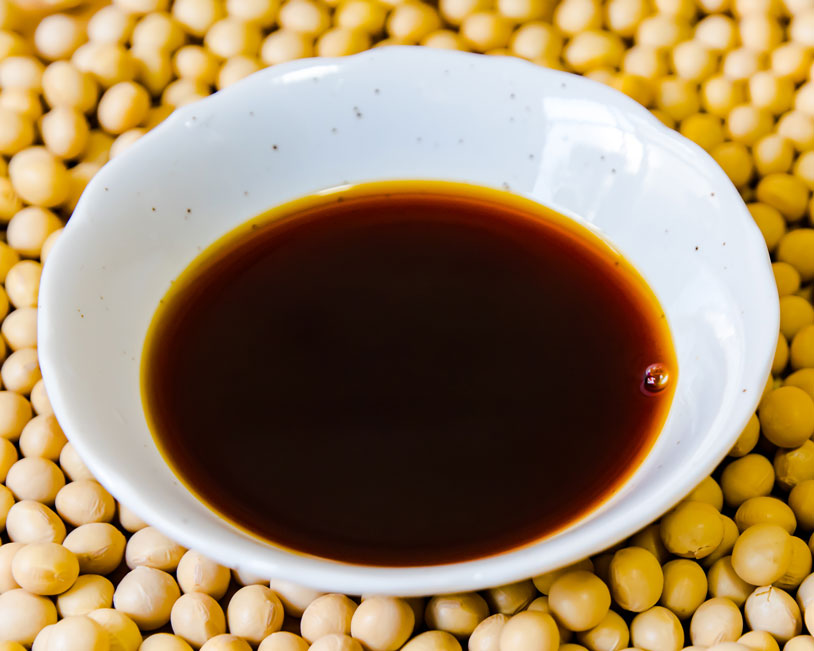
Ingredients:
Koji mold, soybean and/or wheat
Shoyu (Japanese soy sauce) is the must-have condiment for Japanese cuisine.
It is made by fermenting and filtering the ingredients into a liquid form condiment.
The best shoyu are usually the ones that have been fermented for two years or longer. Long fermentation period and natural brewing will result in a shoyu with pleasant umami flavor.
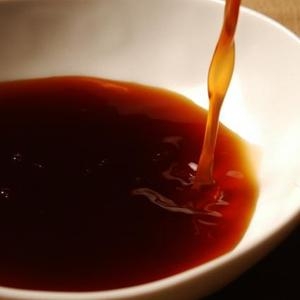
• Amazake (Sweet Sake)

Ingredients:
Rice koji, water
Amazake (Sweet Sake) is a Japanese energy rice drink known for its health benefits since the Japan’s Kofun Period.
You can drink Amazake as it is or use it as a sweetener’s substitute in making sweets and snacks.
There are 2 types of Amazake: white rice amazake and brown rice amazake. If you want to make brown rice amazake, replace the white rice koji with brown rice koji. The amazake made with rice koji has 0% alcohol content.
Sake less (sake kasu) can also be the ingredient for making Amazake, but then the finished Amazake will have alcohol content.

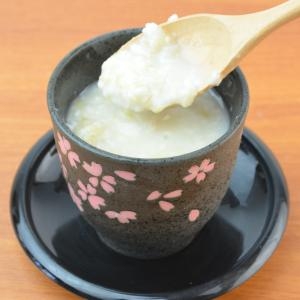
• Mirin
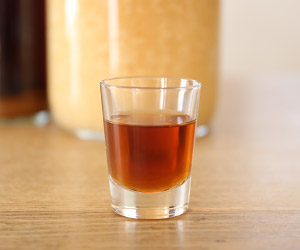
Ingredients:
Glutinous rice, rice koji, shochu
Mirin is an essential condiment used in Japanese cuisine which has a golden color in syrupy, liquid consistency.
It has a subtle sweetness with a rich flavor, suitable for many Japanese cuisine recipes.
During the Edo Period, Mirin was originally consumed as a high-end sweet liquor. Today’s available mirin that can be enjoyed both as liquor and as condiment is called Hon Mirin (real mirin) which has about 14% alcohol.
Other types of mirin: Mirin-fu Chomiryo and Mirin Type Seasoning, can only be used as a condiment.
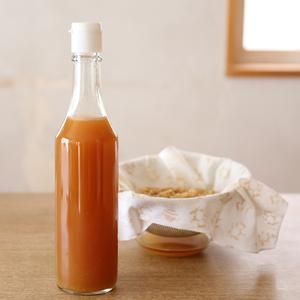
Other uses of koji is to make sake, shochu, awamori, vinegar and goto natto.
Koji gives an endless contribution to Japanese food, composing the umami into every bite that we have tasted. Yum!
• You can use Koji as Meat Tenderizer, too!
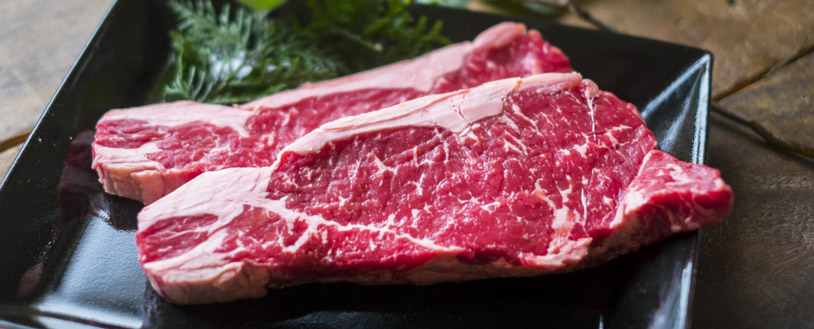
Do you know that koji can be used as a meat tenderizer, too?
This trend came from the Western side of the world, so it’s uncommon in Japan. However, we also think that koji is an effective meat tenderizer!
Using koji to make homemade aged steak will be effortless because it will reduce the time needed. The steak will be delicious with a hint of sweetness from the koji.
Any koji can be used as a meat tenderizer, but the most popular is rice koji.
Please note that you need to grind the rice koji into a fine powder before smearing it on the steak or meat. It would be more convenient if you use the Rice Koji Powder.
Kinds of Koji
There are many ways to use koji, from making Japanese fermented foods to seasonings.
In this section, we will introduce how to use koji at its best!
• Rice Koji
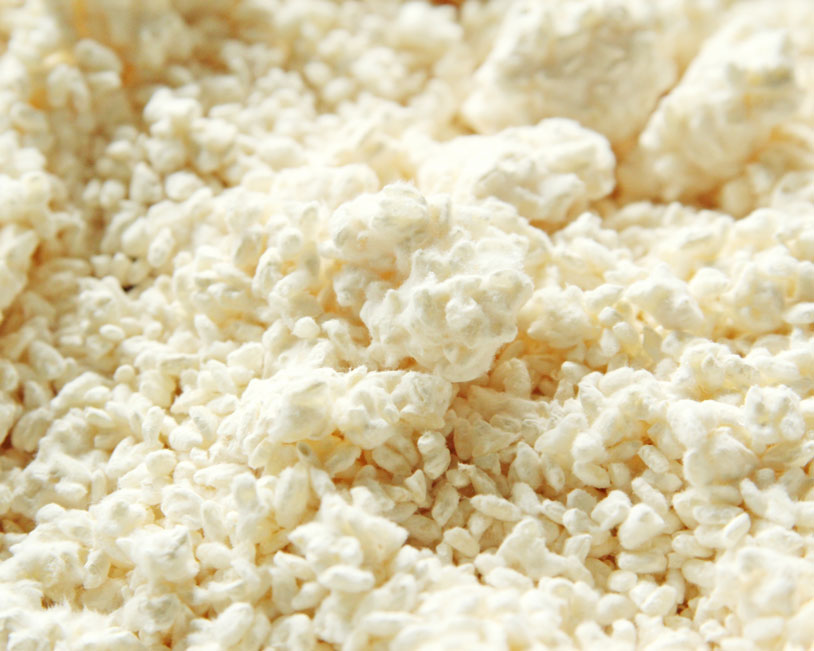
Rice koji is the most popular kind of koji of all time.
It is used in a wide variety when making fermented foods, such as sake, miso, shoyu, shio koji, and amazake.
This type of koji can either be made with white rice or brown rice. If you prefer to eat brown rice daily, maybe the brown rice koji is more suitable for you!
In Japan, people are starting to make their own rice koji because it is relatively easy to make. If you want to make homemade fermented foods, we recommend making rice koji for first-timers.
Find out more about Rice Koji in this article:
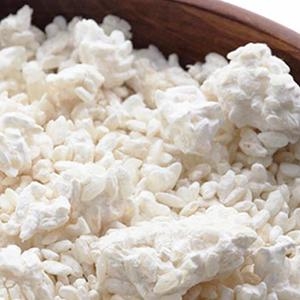
• Barley Koji
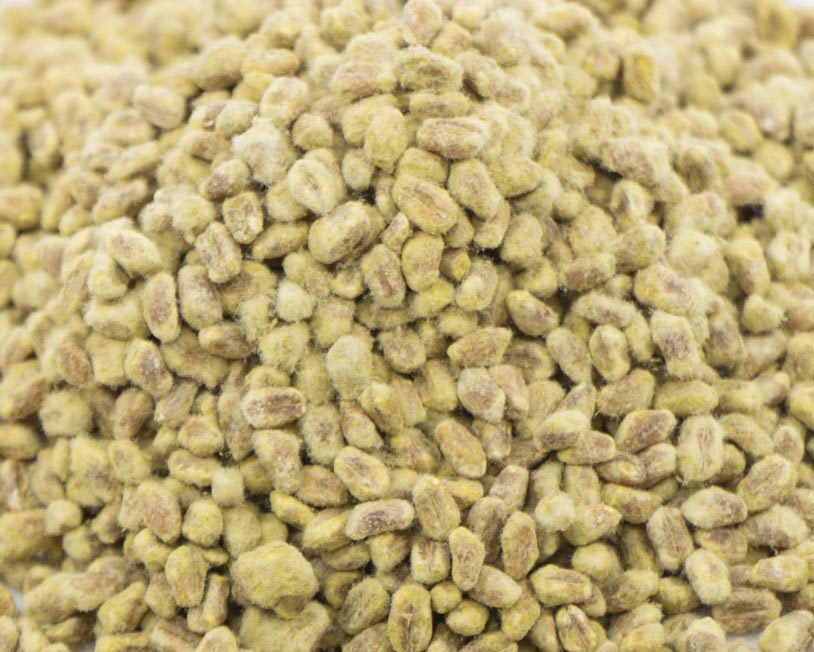
Barley koji is usually used for making barley miso and barley/wheat shoyu. The barley miso made with barley koji has a lighter taste than the rice miso made with rice koji. This type of koji has a unique fragrant aroma from barley that becomes its charm point.
Find out more about Barley Koji in this article:
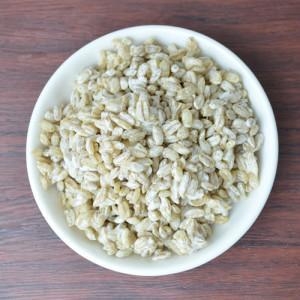
• Soybean Koji
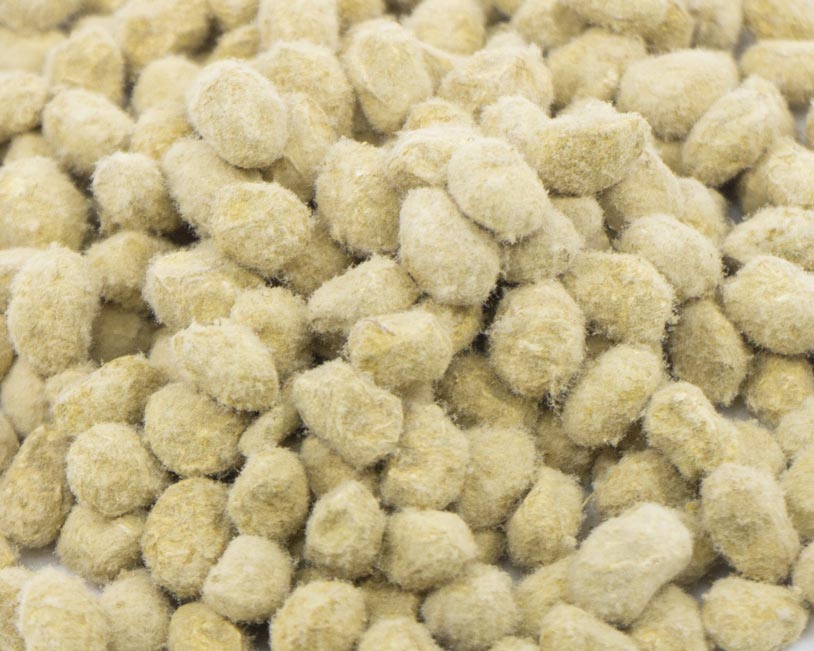
Soybean koji is the kind of koji made by inoculating steamed soybean with koji mold.
Soybean koji is mainly used to make soybean miso.
The other uses are to make Kinzanji Miso, a traditional type of miso that became popular during the Kamakura period, made with the mixture of soybean, barley, and rice koji.
Kinds of Koji Starter
Koji starters have their own feature and function.
Knowing and choosing the most suitable koji starter allows you to successfully make a certain kind of koji (as we discussed earlier).
• Yellow Koji Starter
When koji mold settles one to another, it will form yellowish to green spores.
This is what we call yellow koji starters.
Yellow koji starter can be used to make Japanese fermented foods that should not need the absolute white color: Amazake, miso, shio koji, etc.
Check the product below for the Yellow Koji Starter available at Kawashimaya:
• White Koji Starter
White koji starter is popularly used in the production of shochu.
However, this koji starter also can be used to make white-colored fermented foods such as amazake and white miso.
It is said that white koji starter was discovered by chance from the mutated black koji starter.
Check the product below for the White Koji Starter available at Kawashimaya:
• Black Koji Starter
Black koji starter was known to make Awamori, a liquor unique to Okinawa.
Aspergillus luchuensis and Aspergillus awamori are classified as black koji starters.
This type of koji starter is suitable for alcohol brewing in hot regions such as Okinawa because it is highly acidic and can prevent the growth of germs.
Check the product below for the Black Koji Starter available at Kawashimaya:
Koji Q & A
- What is koji?
- Koji is steamed grains that have been inoculated with koji mold (or koji-kin). According to its raw ingredients, koji can be divided into 3 kinds: rice koji, barley koji, and soybean koji.
- What is rice koji?
- Rice koji is one kind of koji made by inoculating steamed rice (can be white rice or brown rice) with koji mold. Please use koji mold or koji starter suitable for making rice koji. You can make various Japanese fermented foods with rice koji, such as sake, miso, shoyu, shio koji, and amazake.
- What is koji mold? Is it different from koji spores?
- Koji mold (Aspergillus oryzae) or sometimes called ‘koji spores’ (Koji-kin in Japanese) is a non-pathogenic filamentous type of fungus used to make koji.
The koji mold that is packed in a powdery state and is further called koji starters with 3 kinds: yellow koji starter, white koji starter, and black koji starter.
- Where to buy koji?
- You need to understand what kind of koji would be the most suitable for your needs. Be sure to check the kinds of koji and the kinds of koji starters before deciding which one to buy.
More information about where to buy koji could be checked here.
- Will koji and koji starter survive from long export transportation?
- Yes, you can still use the koji and koji starter perfectly even after a long transportation period.
The koji and koji starter products handled by Kawashima The Japanstore has a strong fermentation power and is only chosen from famous koji and koji starters manufacturers in Japan.
- How to store rice koji?
- For fresh, homemade rice koji:
Store in the refrigerator: about 2-3 weeks
Store in the freezer: about 1-3 months
For brought, dried rice koji:
6 Months – 12 Months after production date (please check each of the product package)
- How to store koji spores?
- Please put it in a refrigerator or cold dark place with a temperature lower than 15ºC.
Koji Nutrients and Health Benefits
Koji mold (Aspergillus oryzae) is a non-pathogenic fungus that is widely used in Japan as a seasoning or to make various fermented foods. But does koji have health benefits?
It is said that koji contains beneficial nutrients such as Vitamin B1, Vitamin B2, Vitamin B6, Biotin, Pantothenic Acid, and essential Amino Acid.
Here are some health benefits from koji from recent studies.
#1 Helps Absorb Nutrients with Abundant Enzymes

Koji is rich in enzymes that have the role in helping the body to absorb nutrients.
The enzymes mentioned are mainly amylase and protease. Amylases break down starch into glucose. Meanwhile, proteases break down protein into amino acids.
If you eat the food made from koji with vegetables and meat, the enzymes in koji can efficiently ingest the nutrients from the ingredients.
The easiest practice is to eat miso soup with plenty of vegetables. Please try it by all means!
#2 As Prebiotic to Improve Intestinal Environment

Koji functions as a prebiotic for Blautia coccoides (good bacteria) through glycosylceramide.
The abundant amount of glycosylceramide in koji was digested by the intestinal microbial flora, which increases the ratio of B. coccoides in the intestine.
This funding could be a novel discovery that links between Japanese cuisine and Japanese longevity.
#3 Fatigue Recovery and Cell Regeneration with Vitamin B

Koji is rich in Vitamin B1, Vitamin B2 and Vitamin B6.
Keeping our body well-supplied with Vitamin B is necessary for fatigue recovery and cell regeneration.
Vitamin B will do cell regeneration on the skin cells, hair cells, brain cells, and other cells and keep them healthy.
Above all, the Vitamin B can balance the immune and nervous system.
Recommended Koji Products
You can find kinds of koji products in Kawashima The Japanstore.
Koji products can be used to make shio koji, amazake, miso, etc. For meat tenderizer, powdered koji rice is much preferable.
Please choose the koji products according to your needs and enjoy making fermented foods at home!
Rice Koji
- Okayama’s 100% Organic Dried Rice Koji (Marukura) – 500g
- Organic Dried White Rice Koji By Marukura is a rice koji with organic JAS and FDA certification made by the craftsmen from Okayama Prefecture. Use this high-quality rice koji to deliciously make homemade shio koji, miso, amazake, etc.
- Quantities: 500g
Raw Material: Organic rice, Koji starter
Expired Date: 6 Months - Product Page
- amazon.com Product Page
- Dried Koji (Rice Koji) 1kg (860gr) Product of Inoue Dried Koji Shop
- Inoue dried rice koji made from 100% local Japanese rice, carefully made by hands. By drying regular koji, this product is a dry type koji that can be stored for a long time. Suitable for making salt koji, miso, and amazake at home.
- Quantities: 860g
Raw Material: 100% local Japanese rice, Koji starter
Expired Date: 1 year - Product Page
Brown Rice Koji
- Okayama’s 100% Organic Dried Brown Rice Koji (Marukura) – 500gr
- Organic Dried Brown Rice Koji By Marukura is a rice koji with organic JAS and FDA certification made by the craftsmen from Okayama Prefecture. Brown rice koji has a unique sweetness with a subtle bitterness and brown rice like aroma. Like white rice koji, please use this high-quality brown rice koji to deliciously make homemade shio koji, miso, amazake, etc.
- Quantities: 860g
Raw Material: Organic brown rice, Koji starter
Expired Date: 6 Months - Product Page
- amazon.com Product Page
Barley Koji
- Barley Koji 840 g (Inoue Main Store special domestic dried barley koji 100%)
- Inoue dried barley koji made from 100% Japan domestically produced barley. By drying regular koji, this product is a dry type koji that can be stored for a long time (1 year). A package of 840g dried barley koji from 1kg worth rice.
- Quantities: 840g
Raw Material: Barley (100% Japan domestic barley), Koji starter
Expired Date: 1 Year - Product Page
- Dried Wheat Koji “Marukura” (100% Shiga Perfecture’s Wheat) 500g
- Dried wheat koji from 100% Shiga Prefecture’s Wheat cultured with koji starter. Suitable for making wheat miso at home. To use, rehydrate the dried wheat koji with water. After rehydrate the dried barley koji, you can use it to make miso.
- Quantities: 500g
Raw Material: Wheat (Shiga Prefecture’s), Koji starter
Expired Date: 6 Months - Product Page
Rice Koji Powder
- Rice Koji Powder 100 g – Kyoto Hishiroku Special –
- The rice koji powder by the long-established fermentation foods manufacturer “Hishiroku”, is perfect for making shio koji (salt koji), soy sauce koji, amazake (sweet sake), mixing with bread and cookie, and as meat tenderizers. Easy to use and perfect for first-timers fermentation food lovers!
- Quantities: 100g
Raw Material: Rice(Domestic), Koji starter - Product Page
- amazon.com Product Page
Recommended Koji Starter Products for Making Koji
Below will be the recommended koji starters (koji mold or koji kin) for making koji.
Please choose the types of koji starter with its most compatible function for your needs.
All-Purpose Koji Starter
- 【Made In Japan】Koji Starter – Powdered Kairyou Chouhaku-Kin Fungal Seed In Sachet – 20g (For 15 Kg Portion) Best For Amazake (Sweet Sake) – Special Product From “Hishiroku” Shop Kyoto
- The Kairyou Chouhaku-kin variety of koji seed/koji starter from the 300 years long-established koji manufacturer store “Hishiroku” in Kyoto, Japan.
Best for making amazake (sweet sake), white miso, and other white-colored foods and drinks because of the most white-colored koji results. - Quantities: 20g
- Product Page
- amazon.com Product’s Page
- 【Made in Japan】Koji Starter SR-108 100g (For 200kg Portion) – Best for Rice Koji – Product From “Hishiroku” Shop Kyoto
- Compared with the 20g package of all-purpose Kairyou Chouhaku Koji Starter, this has more powerful fungus power for fermentation.
Make 200 kg worth of rice koji with this 100 g koji starter (200 kg raw rice ingredients after soaked with water). - Quantities: 100g
- Product Page
- amazon.com Product’s Page


 Content List
Content List